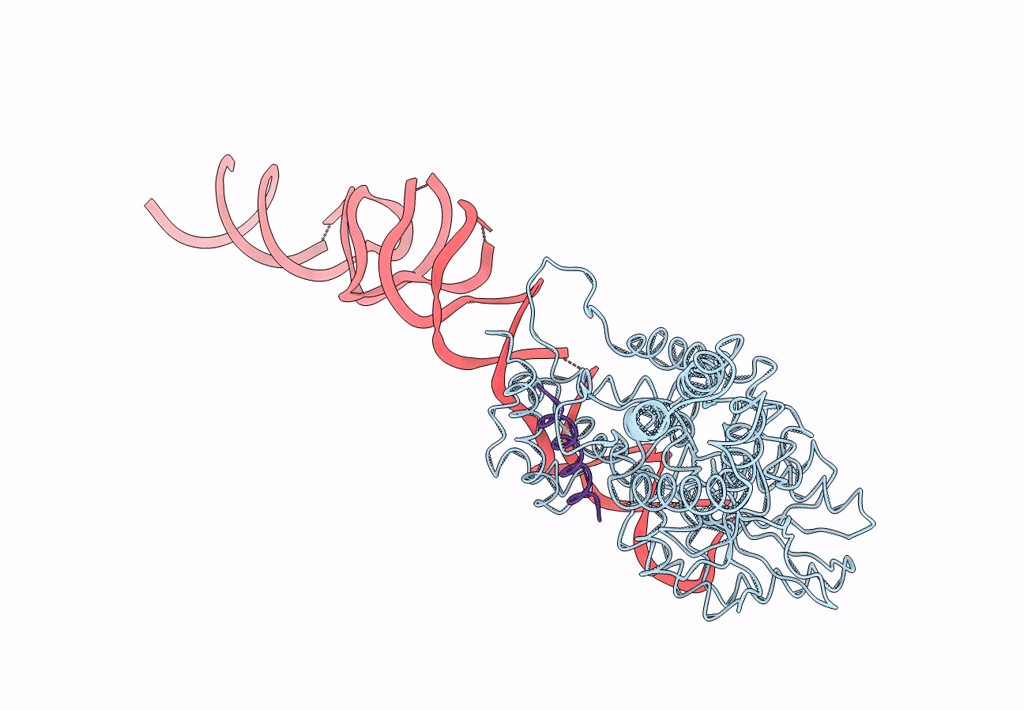
Deposition Date
2006-07-12
Release Date
2006-11-02
Last Version Date
2024-05-08
Entry Detail
Biological Source:
Source Organism:
Thermus aquaticus (Taxon ID: 271)
Sulfolobus solfataricus (Taxon ID: 2287)
Escherichia coli (Taxon ID: 562)
synthetic construct (Taxon ID: 32630)
Sulfolobus solfataricus (Taxon ID: 2287)
Escherichia coli (Taxon ID: 562)
synthetic construct (Taxon ID: 32630)
Host Organism:
Method Details:
Experimental Method:
Resolution:
16.00 Å
Aggregation State:
PARTICLE
Reconstruction Method:
SINGLE PARTICLE


